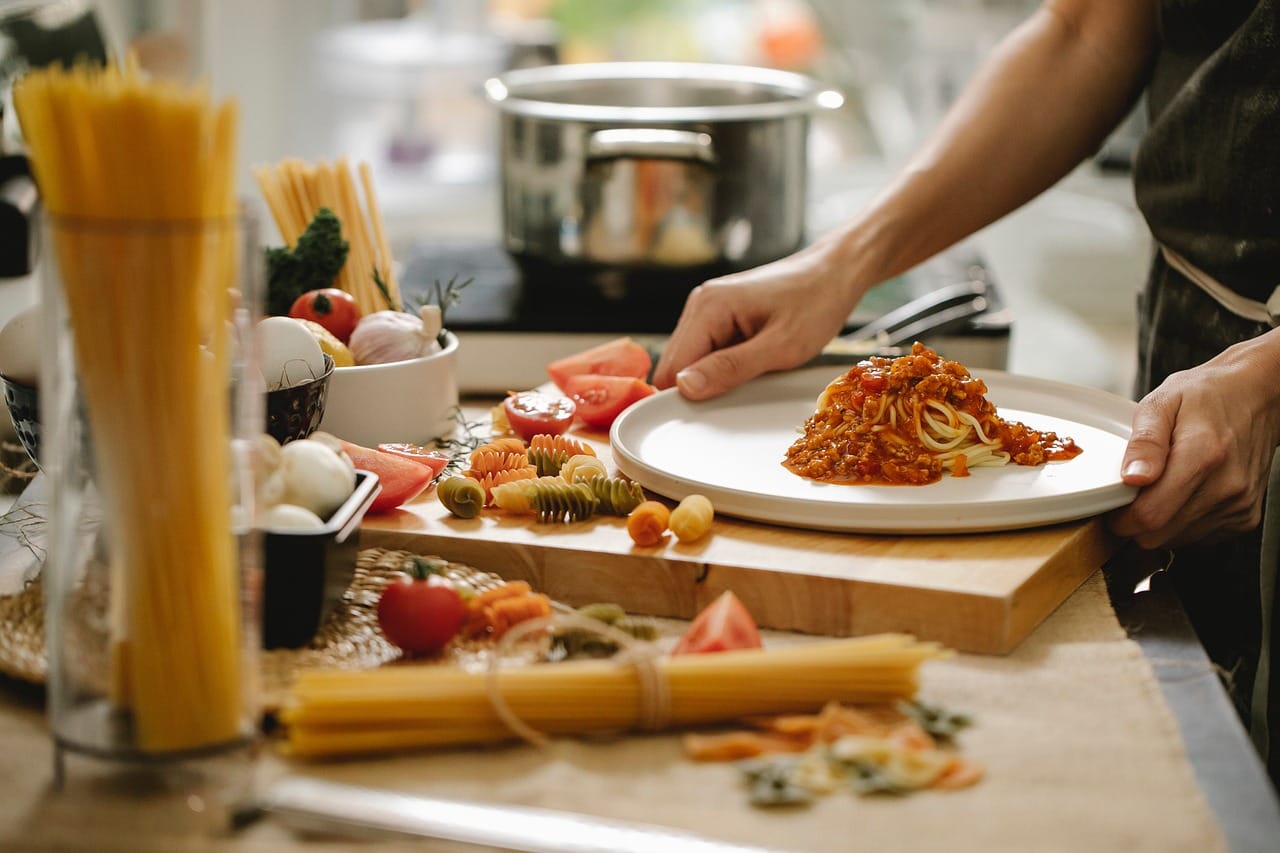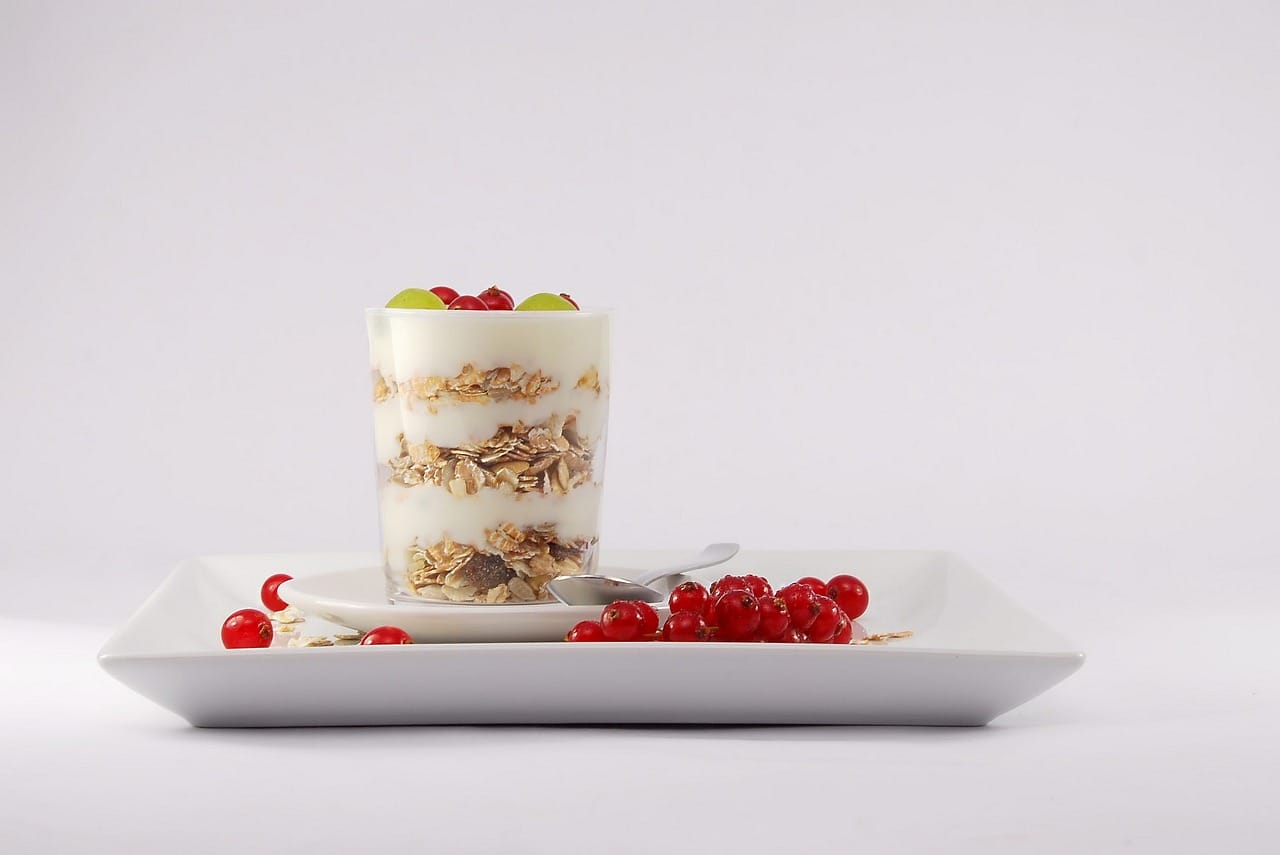From ballpark snacks to gourmet appetizers, pretzels boast a unique, satisfying flavor and an iconic shape that has captivated snackers for centuries. This humble baked treat offers a surprisingly diverse world to explore, from the soft, chewy pretzels found at local breweries to the crunchy, perfectly salted hard pretzels lining supermarket shelves. Join us as we delve into the delicious details of pretzels, uncovering their history, varieties, and surprising culinary versatility.
A Twist of History: The Origin of Pretzels
The Medieval Monastery Connection
The exact origin of the pretzel is shrouded in a bit of mystery, but the most widely accepted story traces its roots back to 7th-century Europe, specifically to monasteries. Monks are believed to have created the pretzel as a reward for children who learned their prayers. The shape, with its looped and twisted form, is thought to represent arms crossed in prayer.
- Early pretzels were made from a simple mixture of flour, water, and salt.
- The three holes in the pretzel were sometimes interpreted as representing the Holy Trinity.
- Pretzels quickly became popular throughout Europe, particularly in Germany and surrounding regions.
From Religious Symbol to Everyday Snack
Over time, the pretzel evolved from a primarily religious symbol into a more commonplace baked good. It became a staple at bakeries and street vendors, enjoyed by people of all social classes. The “laugenbrezel,” or lye pretzel, a popular variety in Germany, emerged during this period. This distinctive type of pretzel is dipped in a lye solution before baking, giving it a characteristic dark brown color and unique flavor.
- Pretzels were brought to North America by German immigrants in the 18th century.
- Pennsylvania became a major center for pretzel production, with numerous bakeries establishing themselves in the region.
- The first commercial pretzel bakery in the United States, the Julius Sturgis Pretzel Bakery, was founded in Lititz, Pennsylvania, in 1861.
Soft vs. Hard: Exploring Pretzel Varieties
Soft Pretzels: A Chewy Delight
Soft pretzels offer a warm, chewy texture and a mild, slightly sweet flavor. They are often served warm, fresh from the oven, and are a popular choice at sporting events, fairs, and breweries. Many variations exist, from classic salted pretzels to those topped with cinnamon sugar or even dipped in cheese.
- Key Characteristics: Soft texture, chewy interior, mild flavor.
- Preparation: Typically boiled in a baking soda solution before baking, which gives them their characteristic brown color and slightly alkaline flavor.
- Serving Suggestions: Best served warm with mustard, cheese sauce, or cinnamon sugar.
- Example: Auntie Anne’s Pretzels is a well-known chain specializing in soft pretzels with various toppings and dips.
Hard Pretzels: The Crunchy Classic
Hard pretzels are characterized by their crunchy texture and salty, slightly savory flavor. They are often smaller than soft pretzels and are available in a wide variety of shapes, including sticks, twists, and even bite-sized nuggets. Hard pretzels are a popular snack food due to their portability and long shelf life.
- Key Characteristics: Crunchy texture, salty flavor, long shelf life.
- Preparation: Baked for a longer period and at a lower temperature than soft pretzels, which dehydrates them and creates their characteristic crunch.
- Serving Suggestions: Enjoyed on their own, dipped in chocolate, or used as a topping for desserts and casseroles.
- Example: Snyder’s of Hanover is a popular brand offering a wide variety of hard pretzels in different shapes and flavors.
The Science of Salt: Why Pretzels Taste So Good
The Perfect Salty Balance
Salt plays a crucial role in the flavor profile of pretzels. It not only enhances the taste of the dough but also contributes to the overall sensory experience. The size and type of salt used can significantly impact the pretzel’s flavor. Coarse salt crystals provide a burst of salty flavor, while finer salt is more evenly distributed throughout the pretzel.
- Pretzels typically contain between 1% and 2% salt by weight.
- The type of salt used can affect the pretzel’s taste. Sea salt, kosher salt, and pretzel salt are all common choices.
- The salty flavor of pretzels is thought to trigger the release of dopamine in the brain, leading to a feeling of pleasure.
Maillard Reaction and Caramelization
The browning of pretzels during baking is due to the Maillard reaction, a chemical reaction between amino acids and reducing sugars, and caramelization, the browning of sugars. These processes create hundreds of different flavor compounds, contributing to the pretzel’s characteristic aroma and taste. The alkaline environment created by the baking soda solution also enhances the Maillard reaction, resulting in a deeper, richer flavor.
- The Maillard reaction is responsible for the savory, roasted flavors in pretzels.
- Caramelization contributes to the sweet, nutty notes.
- The temperature and baking time significantly impact the extent of the Maillard reaction and caramelization.
Beyond Snacking: Culinary Uses for Pretzels
Pretzel Crusts and Coatings
Crushed pretzels can be used to create a unique and flavorful crust for chicken, fish, or pork. The salty, crunchy texture of the pretzels adds a delightful contrast to the tender meat. Pretzels can also be used as a coating for vegetables or even as a topping for casseroles.
- Example: Pretzel-crusted chicken tenders are a popular appetizer or main course.
- Tip: Use a food processor to finely crush the pretzels for a more even coating.
- Benefit: Adds a salty, crunchy element to any dish.
Sweet and Salty Desserts
The combination of sweet and salty flavors is a classic pairing, and pretzels are a perfect ingredient for creating delicious desserts. Pretzels can be used in chocolate bark, peanut butter bars, or even as a topping for ice cream. The salty pretzels provide a welcome contrast to the sweetness of the other ingredients.
- Example: Chocolate-covered pretzels are a simple yet satisfying treat.
- Recipe Idea: Pretzel caramel squares are a sweet and salty dessert that is easy to make.
- Benefit: Creates a balanced and flavorful dessert experience.
Pretzel Bread and Rolls
Pretzel dough can be used to make a variety of breads and rolls. The characteristic pretzel flavor and texture add a unique twist to these traditional baked goods. Pretzel bread can be used for sandwiches, burgers, or even as a side dish.
- Example: Pretzel buns are a popular choice for burgers and sandwiches.
- Tip: Brush the bread with melted butter and sprinkle with coarse salt after baking for an extra burst of flavor.
- Benefit: Adds a unique flavor and texture to bread and rolls.
Conclusion
The pretzel, with its rich history and versatile applications, is more than just a snack; it’s a culinary chameleon. From the soft, chewy delights enjoyed fresh from the oven to the crunchy, perfectly salted hard pretzels that satisfy cravings on the go, this humble baked good offers a delightful experience for every palate. Whether you’re enjoying a classic pretzel with mustard, experimenting with pretzel-crusted chicken, or indulging in a sweet and salty pretzel dessert, there’s no denying the enduring appeal of this iconic twisted treat. So, the next time you’re looking for a satisfying snack or a creative culinary ingredient, remember the pretzel – a simple yet surprisingly complex food that has captured hearts (and stomachs) for centuries.




